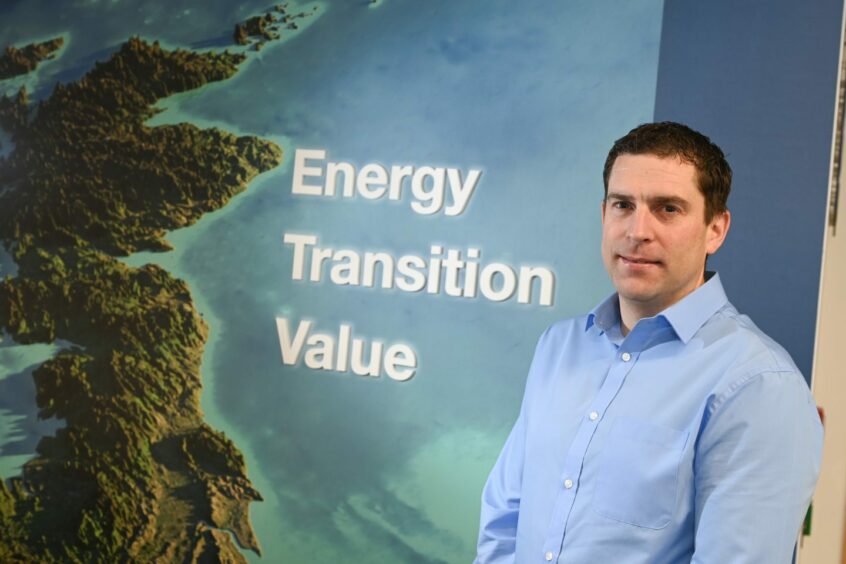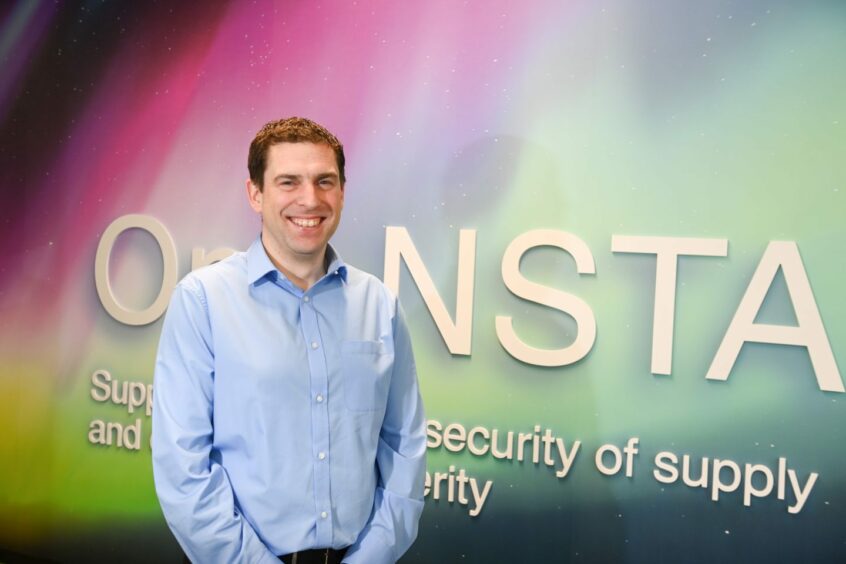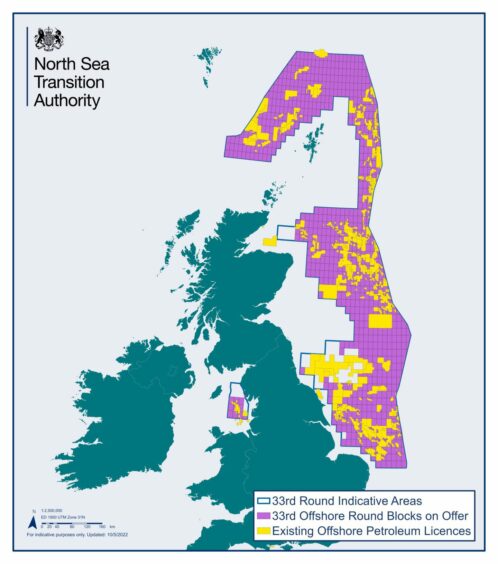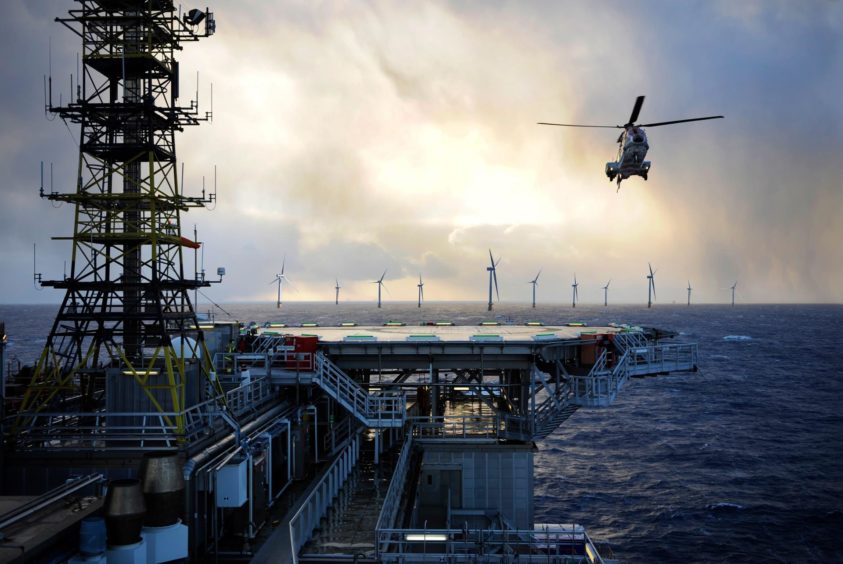
As last year’s name change illustrates, the North Sea Transition Authority’s (NSTA) remit is no longer simply limited to oil and gas.
In addition to its exploration licensing brief, the regulator is also responsible for dishing out carbon storage permits, with a round currently ongoing.
Work is taking place too to bring new technologies into the North Sea fold, and to integrate existing operations with offshore wind and hydrogen.
In support of such aims, the NSTA recently appointed Andy Brooks as its first director of new ventures.
He will be familiar to many in the industry already, having previously been the regulator’s Central North Sea area manager, in addition to time spent with BP, CNR International and Chevron.
“There was a recognition over the last 18 months – especially now we’re running carbon capture usage and storage (CCUS) licensing rounds and looking at where are within the hydrogen space – that you just couldn’t fulfil that enhanced function in the structure that we were in before,” explained Brooks.
Laying the tracks
“Effectively, the new ventures directorate is half of what was the original operations directorate. Within new ventures we have all of the licensing, whether that’s hydrocarbon or CCUS – we’re responsible and accountable for that.
“There is also the technology team, which are now looking at parts of the system to enable electrification, CCUS, and where we fit within the hydrogen future.”
As to how the name ‘new ventures’ came along, Brooks has a locomotive-themed analogy.
“We are the track layers for the future of the organisation. We need to run hydrocarbon and CCUS licensing rounds as we are at the minute; we will steward that early phase, and then we will hand that over to operations, and that’s the same for technology.”
A new look NSTA
Brooks officially took up his new brief on January 1, the same day that Stuart Payne formally replaced Andy Samuel as NSTA chief executive.
With its top brass now firmly in place, the regulator, and the new ventures team specifically, can focus on priority number one – “completing those two licensing rounds”.
“That’s what the team are working really hard on; they were doing a great job before we were a new ventures directorate, and I have no doubt they’ll continue to do that,” said Brooks.
Licensing processes progressing
As it stands, the NSTA plans to start awarding CCUS licences in the second quarter of the year – first injection could come as early as 2027.
As for the 33rd exploration round, expected to yield around 100 permits, “there may be some” awards around the same time, but the bulk are likely to come in the second half of 2023.
Brooks said: “The carbon capture one obviously closed before the hydrocarbon one, so we’re a little bit further ahead with that.”
He added: “The team are set up. It’s not like we need to come in and make any changes, and they should be extremely proud of the work they’ve done over the last six to 12 months in running two concurrent licensing rounds.”
Platform electrification
While the focus for the UK, particularly in the last year, has been on energy security, the need for the North Sea to reduce the environmental toll of oil and gas production on the environment hasn’t gone away.
Industry is still tied to its pledge to cut operational emissions by 50% by the end of the decade, with various initiatives ongoing in support of that, specially on electrification – a key focus for the NSTA.
Underpinning that is the INTOG leasing round, which will pave the way for the development of wind farms specifically designed to power oil and gas operations.
Brooks said: “In terms of electrification, the biggest challenges are around how you fully decarbonise those existing platforms. Operators describe it as being like open-heart surgery.
“But I don’t think there are many hurdles that we are not aware of, and they are just things that we need to work through alongside our fellow regulators, as well as industry.
“We need to see what’s going to come out of INTOG, which is an exciting prospect. We were pleased with not only how much went into that from a wind developer perspective, but also the number of letters of intent lodged from a decarbonisation perspective.
“There’s some hurdles to go through, but I think we’re working through them.”
He added: “It is a really exciting time, I think, to have a new ventures directorate that has that capacity to look at not just the things that the NSTA were doing traditionally, but also look at where we fit into that future.”




